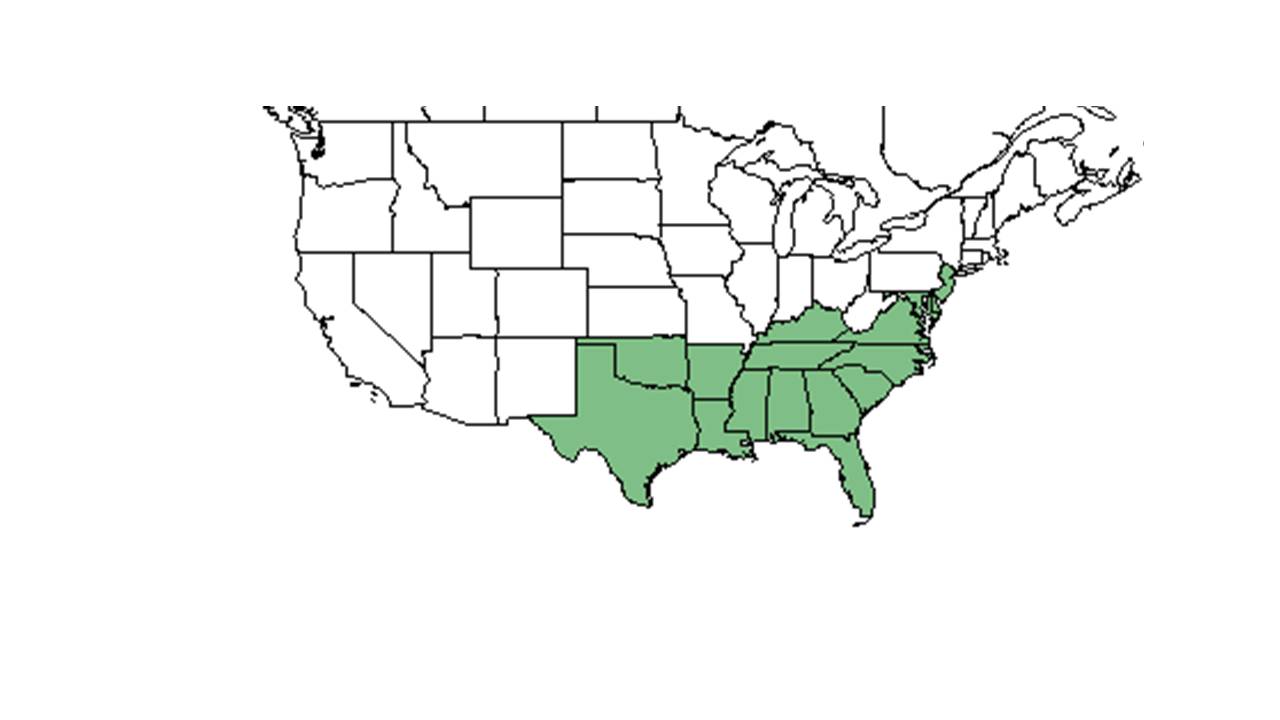Difference between revisions of "Juncus coriaceus"
| Line 24: | Line 24: | ||
==Ecology== | ==Ecology== | ||
===Habitat=== <!--Natural communities, human disturbed habitats, topography, hydrology, soils, light, fire regime requirements for removal of competition, etc.--> | ===Habitat=== <!--Natural communities, human disturbed habitats, topography, hydrology, soils, light, fire regime requirements for removal of competition, etc.--> | ||
| − | This species has been observed to grow in shaded, moist pine flatwoods and hardwood woodlands on water edges in peaty and sandy loam soils (FSU Herbarium). | + | This species has been observed to grow in shaded, moist pine flatwoods and hardwood woodlands on water edges in peaty and sandy loam soils (FSU Herbarium). It also has been seen growing in moist disturbed areas such as spoils from digging and in ditches (FSU Herbarium). |
===Phenology=== <!--Timing off flowering, fruiting, seed dispersal, and environmental triggers. Cite PanFlora website if appropriate: http://www.gilnelson.com/PanFlora/ --> | ===Phenology=== <!--Timing off flowering, fruiting, seed dispersal, and environmental triggers. Cite PanFlora website if appropriate: http://www.gilnelson.com/PanFlora/ --> | ||
Revision as of 13:09, 10 July 2015
| Juncus coriaceus | |
|---|---|
Error creating thumbnail: Unable to save thumbnail to destination
| |
| Scientific classification | |
| Kingdom: | Plantae |
| Division: | Magnoliophyta - Flowering plants |
| Class: | Liliopsida – Monocotyledons |
| Order: | Juncales |
| Family: | Juncaceae |
| Genus: | Juncus |
| Species: | J. coriaceus |
| Binomial name | |
| Juncus coriaceus Mack. | |

| |
| Natural range of Juncus coriaceus from USDA NRCS Plants Database. | |
Contents
Description
Common Name: leathery rush
Distribution
Ecology
Habitat
This species has been observed to grow in shaded, moist pine flatwoods and hardwood woodlands on water edges in peaty and sandy loam soils (FSU Herbarium). It also has been seen growing in moist disturbed areas such as spoils from digging and in ditches (FSU Herbarium).
Phenology
It has been observed to fruit in July (FSU Herbarium).